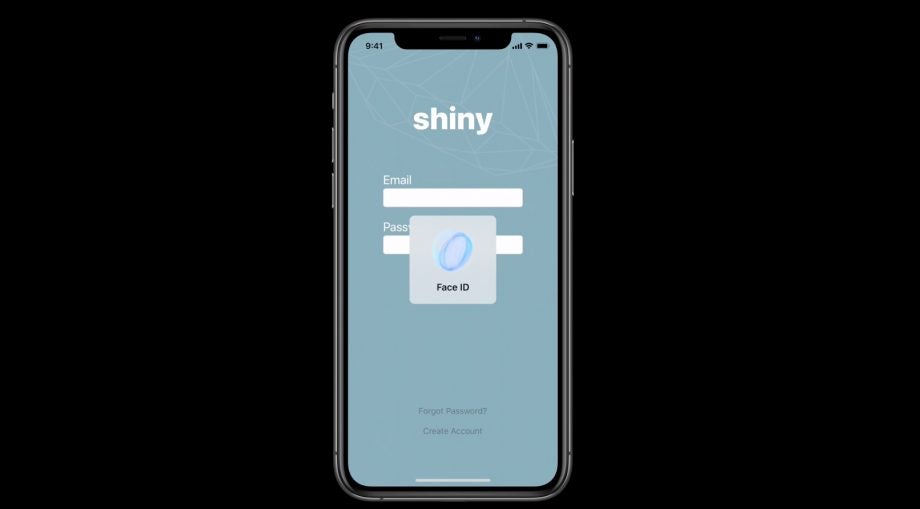iOS 14 and macOS Big Sur bring Face and Touch ID magic to Safari

Users of Apple’s Safari web browser will be able to utilise Face ID or Touch ID authentication to log into websites by the end of this year.
With iOS 14 and macOS Big Sur, Apple is bringing a biometric web authentication platform to Safari 14 and is encouraging developers to jump aboard.
The system is similar to the third-party apps, like the majority of banking apps for example, that support Face and Touch ID logins once the credentials have been entered for the first time.
In Safari 14, the first time users sign in to the website, they’ll need to enter their password. Then they’ll be asked whether they want to enable Face/Touch ID for the next login. When they come to the site again, it’ll just be a case of showing their face or placing a digit on the Home button to enter the account.
Related: Best iPhone 2020
Apple’s plans were revealed during within the Safari 14 beta release notes under the authentication and passwords section. The company writes: “Added a Web Authentication platform authenticator using Face ID or Touch ID, depending on which capability is present.” The feature is also explained in this WWDC developer session video posted this week (via The Verge).
The feature is built upon the FIDO 2 standard. Apple joined the FIDO alliance earlier this year, and first made use of the standard for an iOS 13.3 release that supported two-factor authentication keys for Safari.
If you’re wondering how this is different to the current system, which will ask for Face ID or Touch ID instead of a password in Safari, it’s quite simple.The current system simply uses Face/Touch ID to lock the saved passwords in iCloud Keychain, allowing for the field to be autofilled.
Should there be a significant uptake from developers, this should become a really useful and safe feature for iPhone and Mac users moving forwards.


